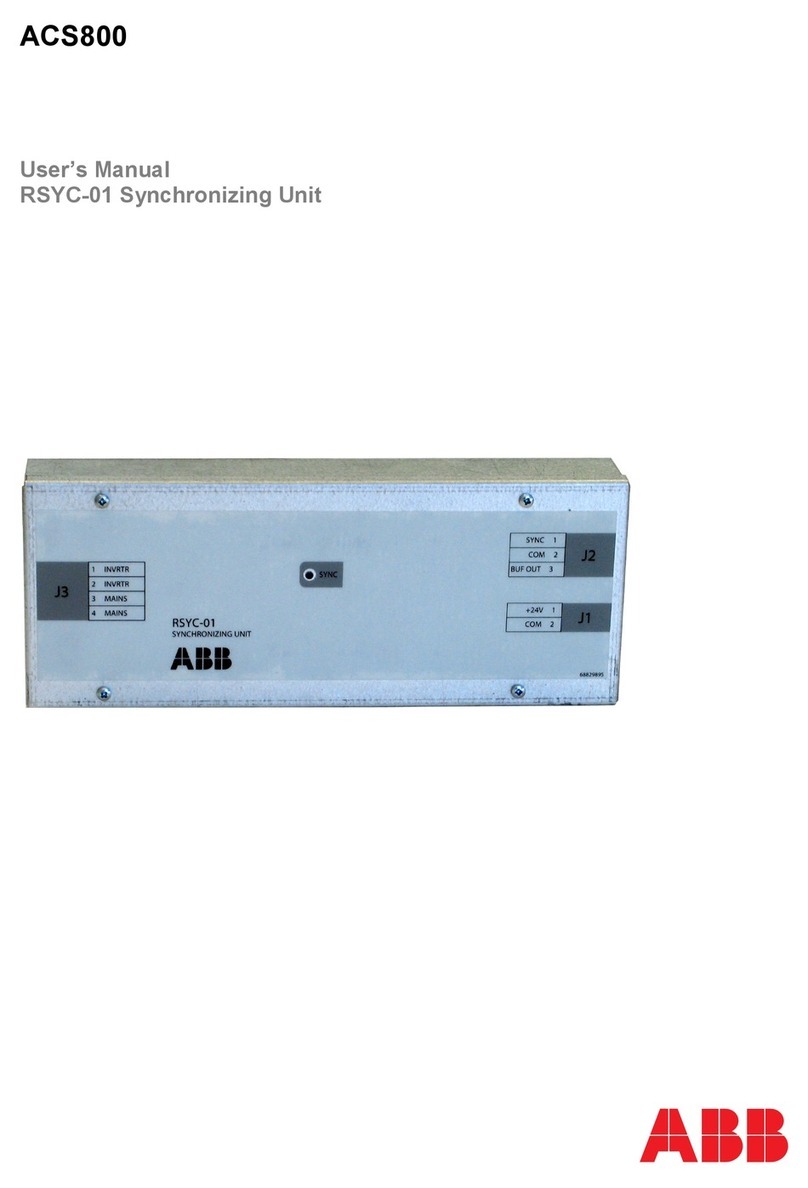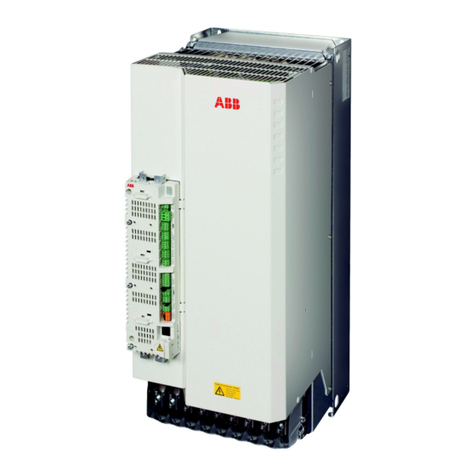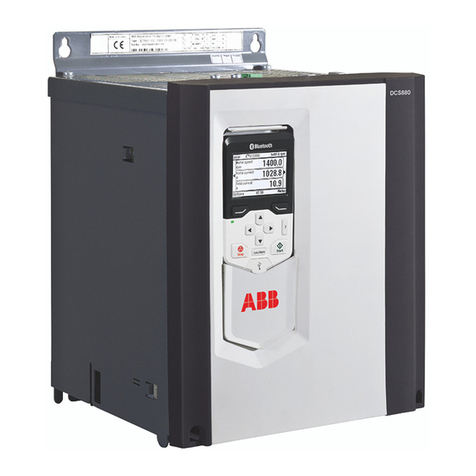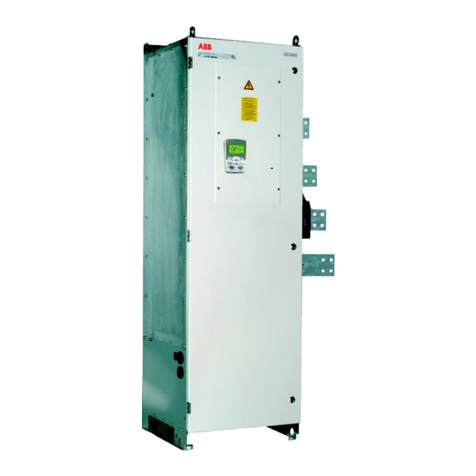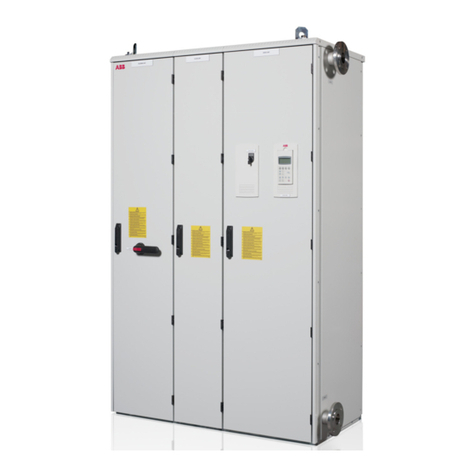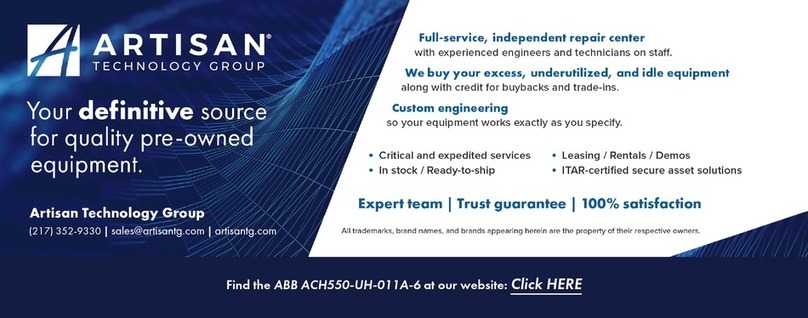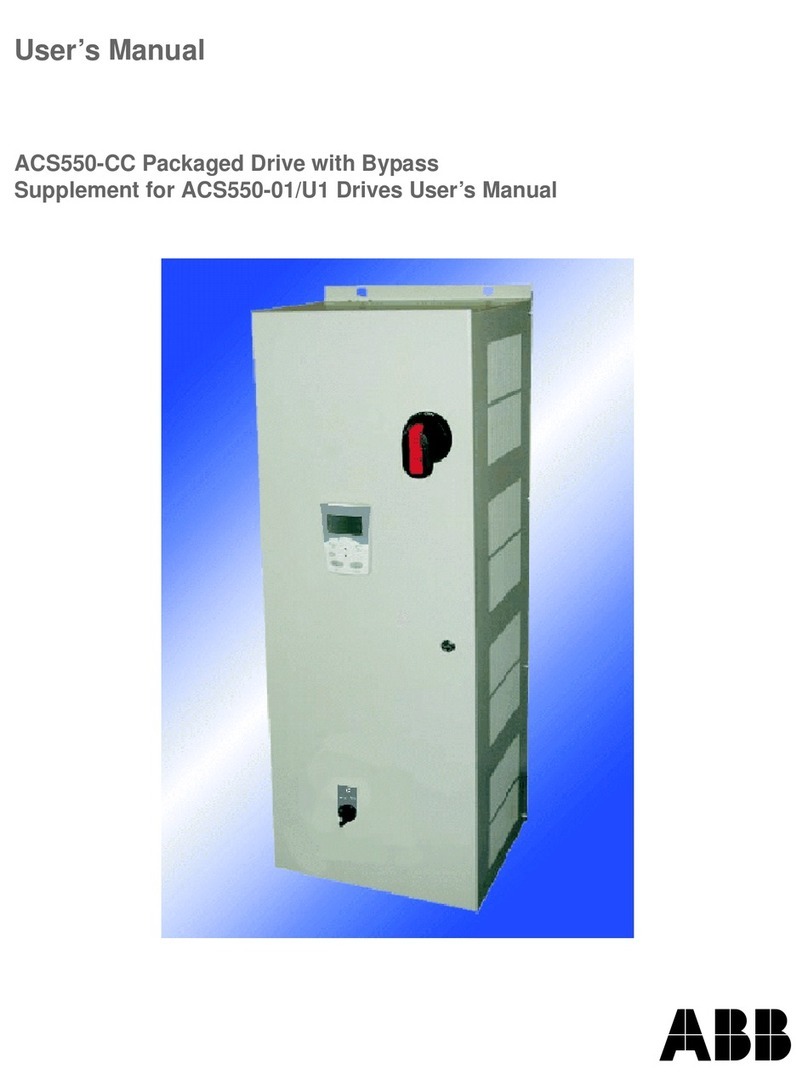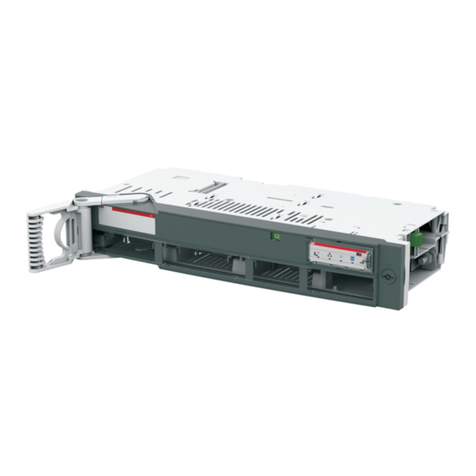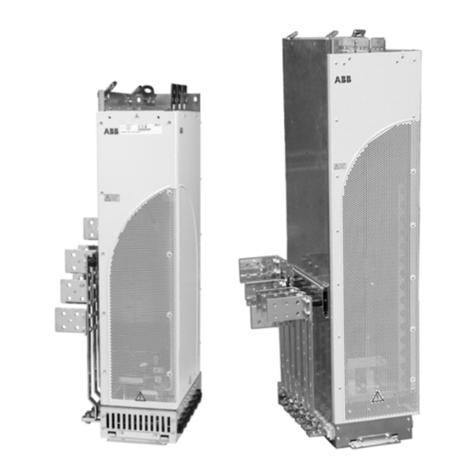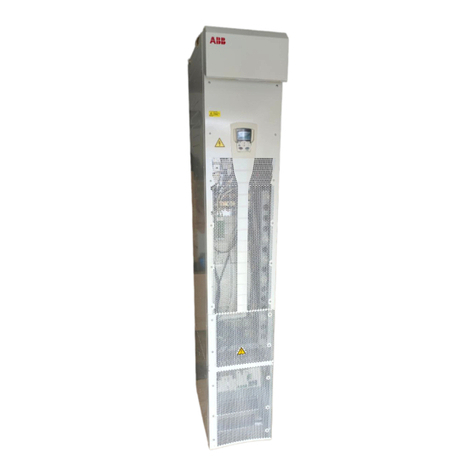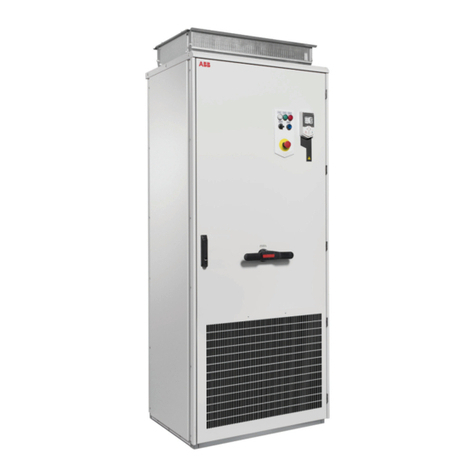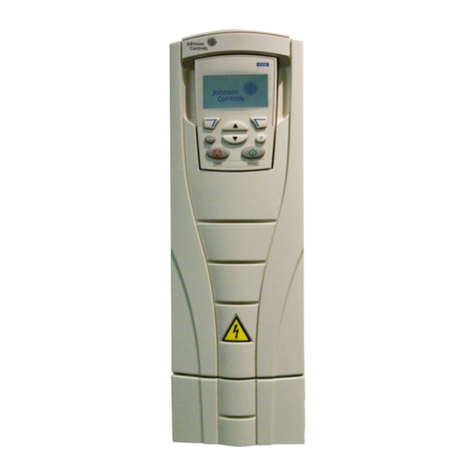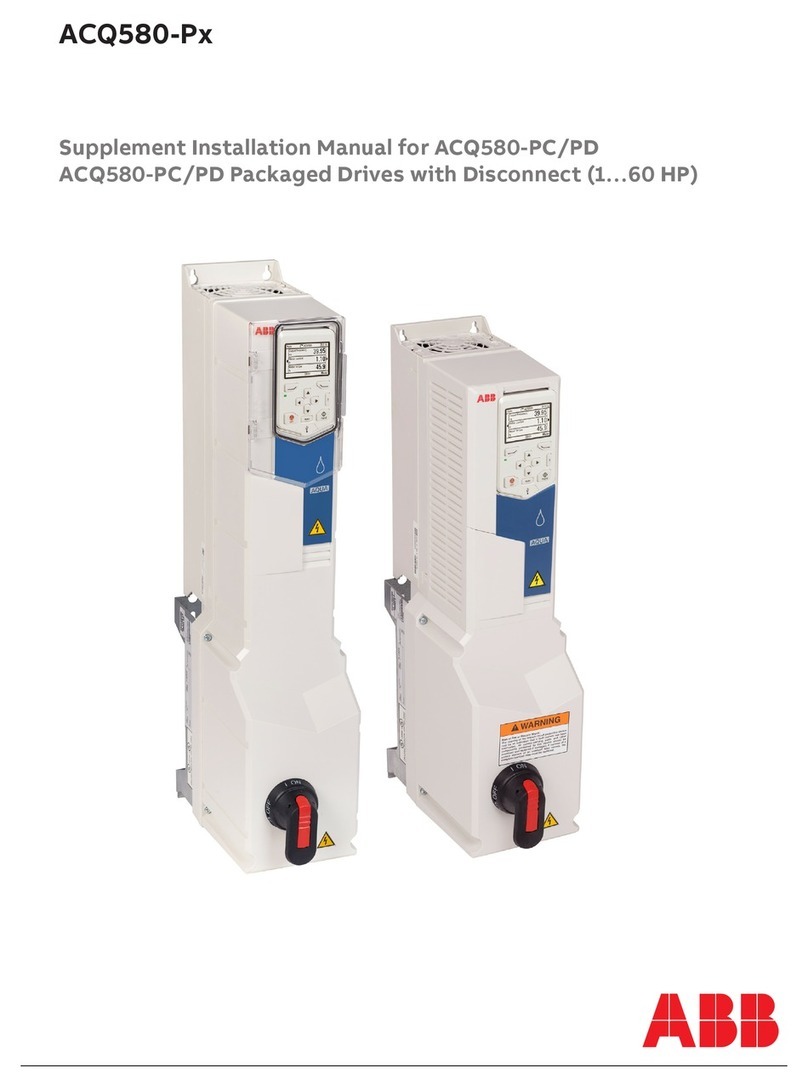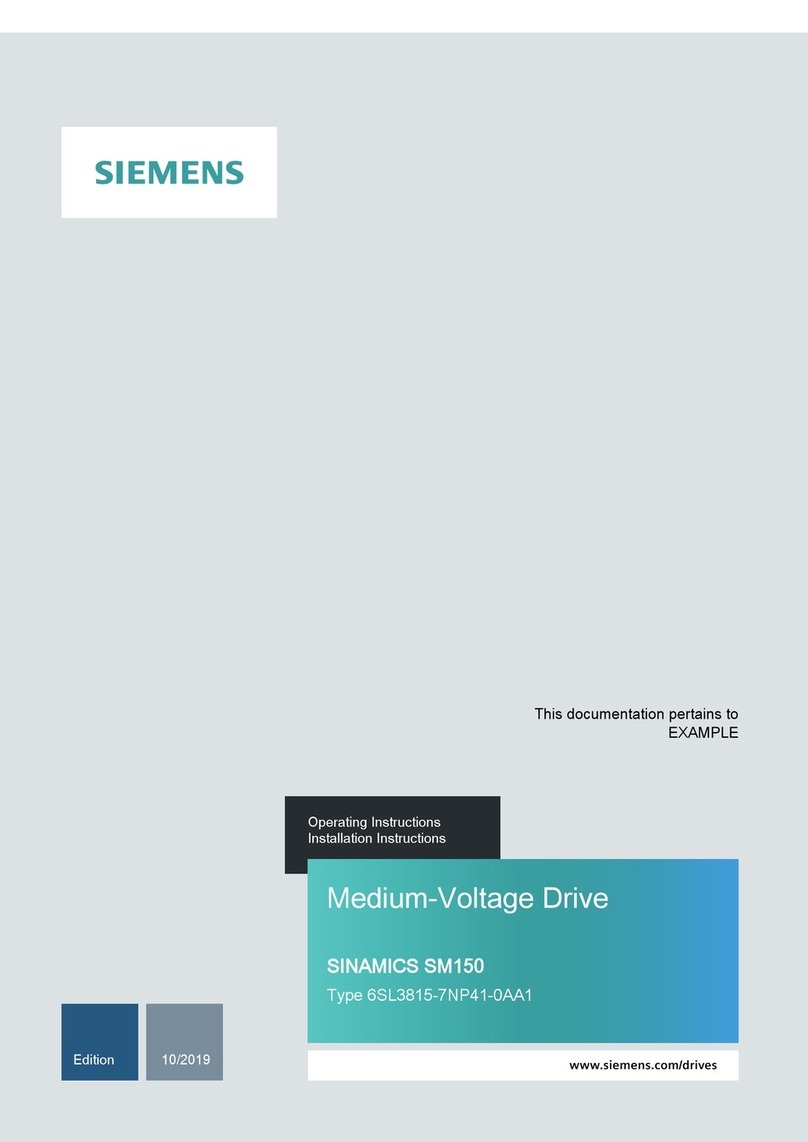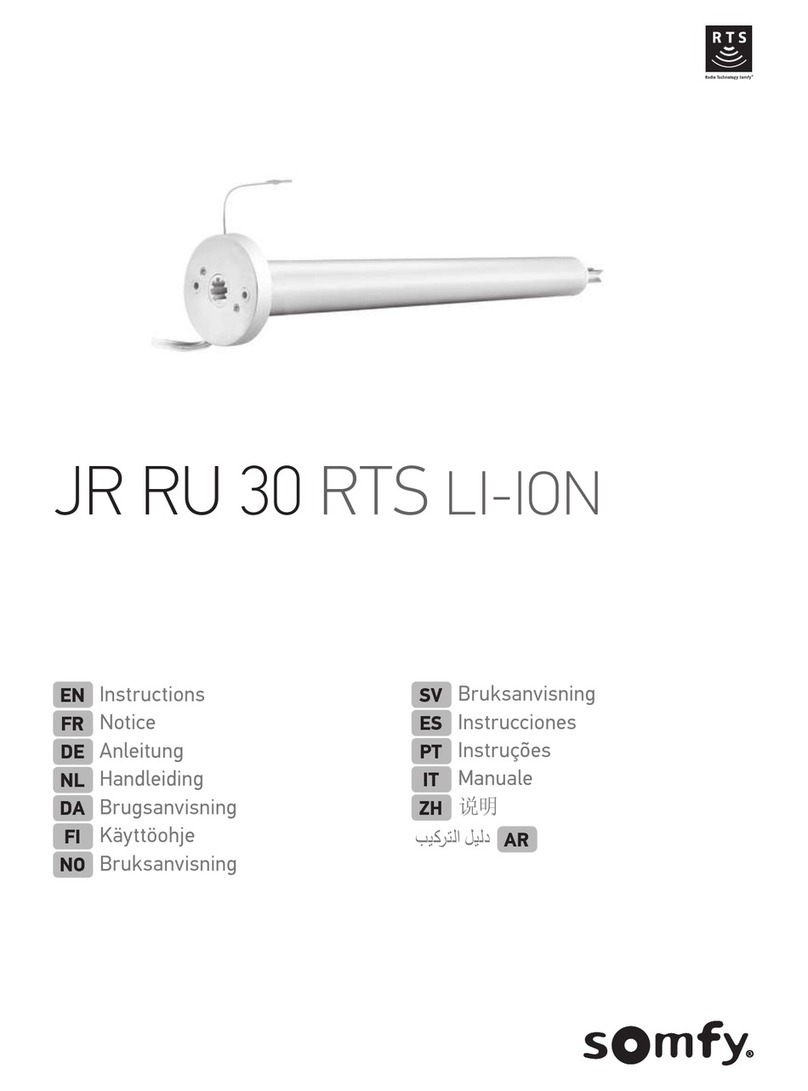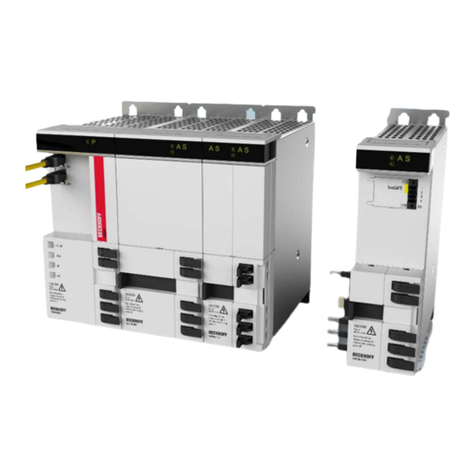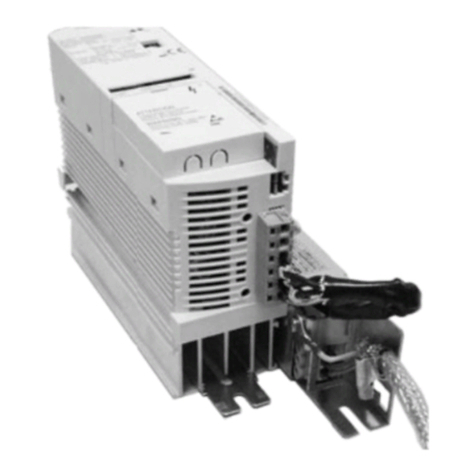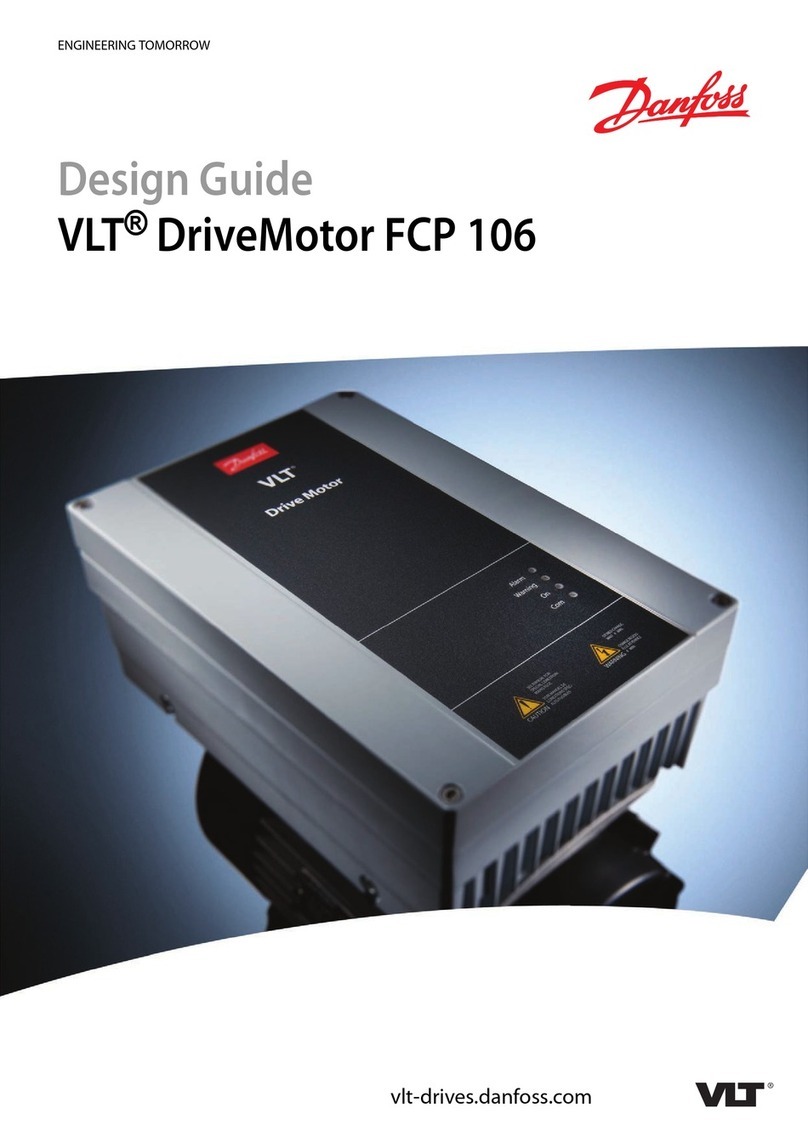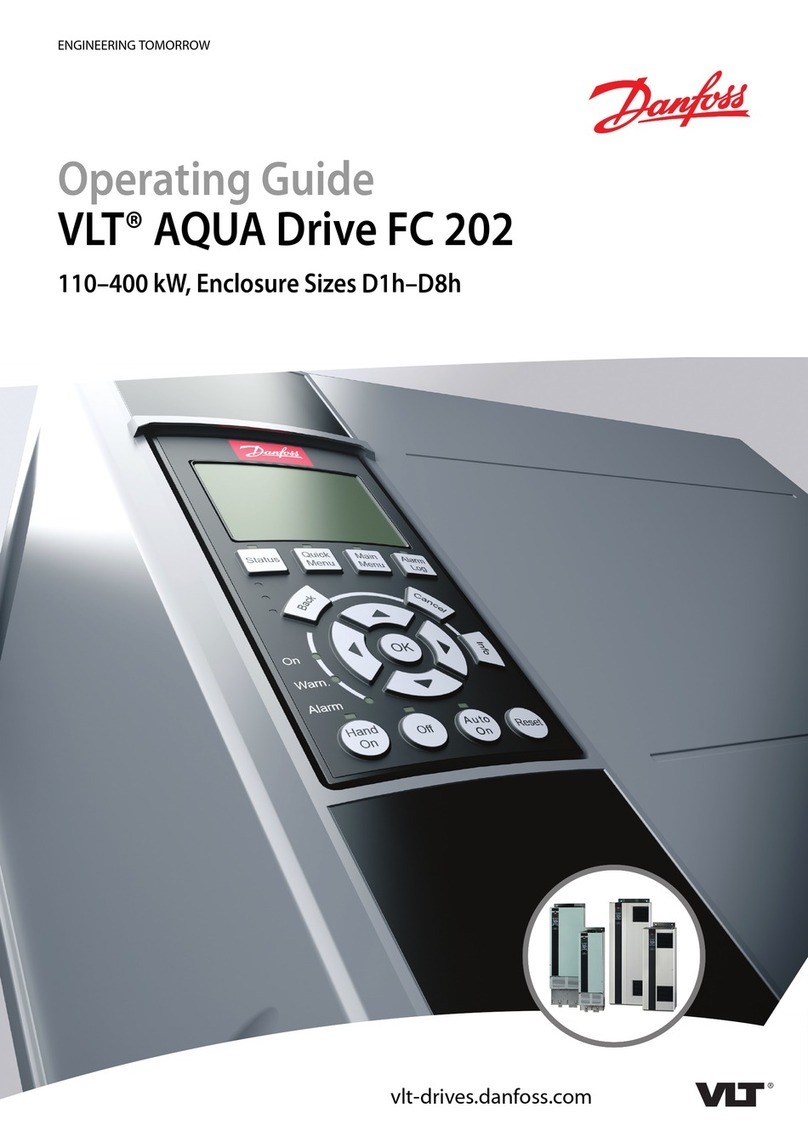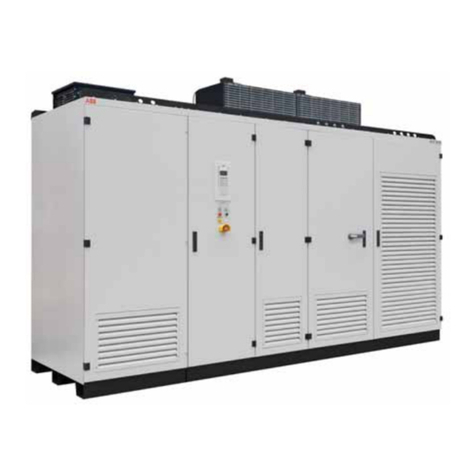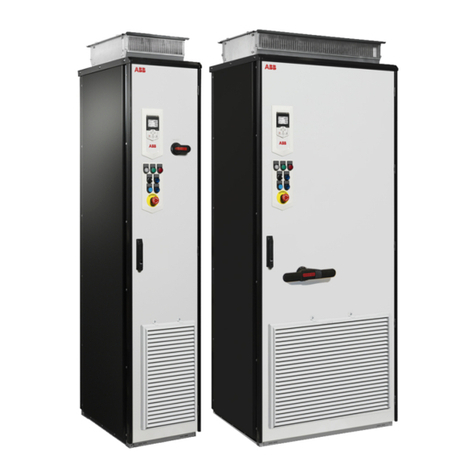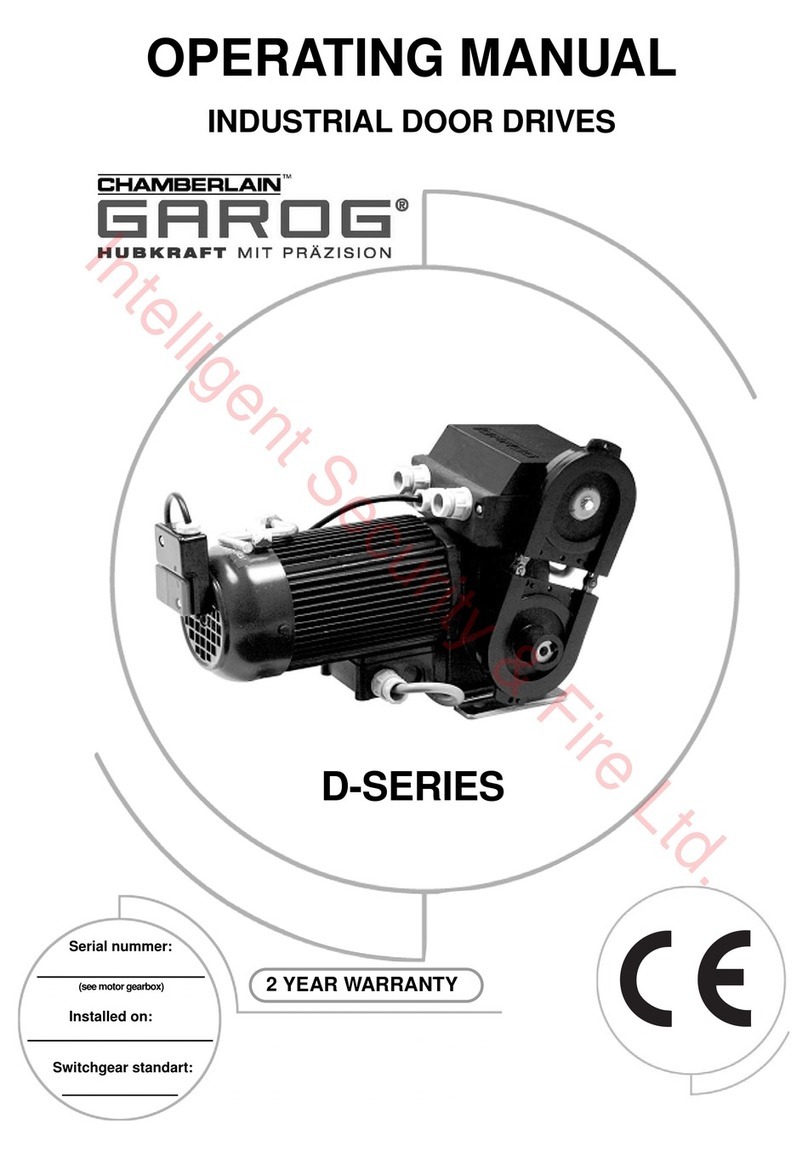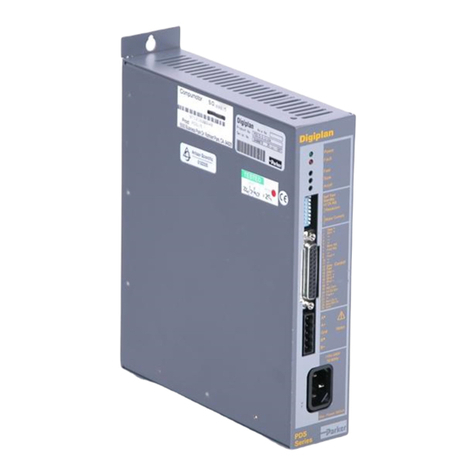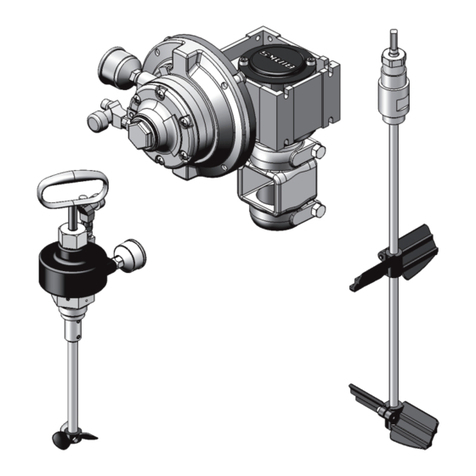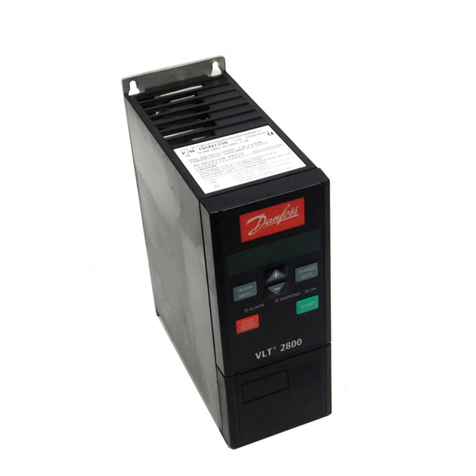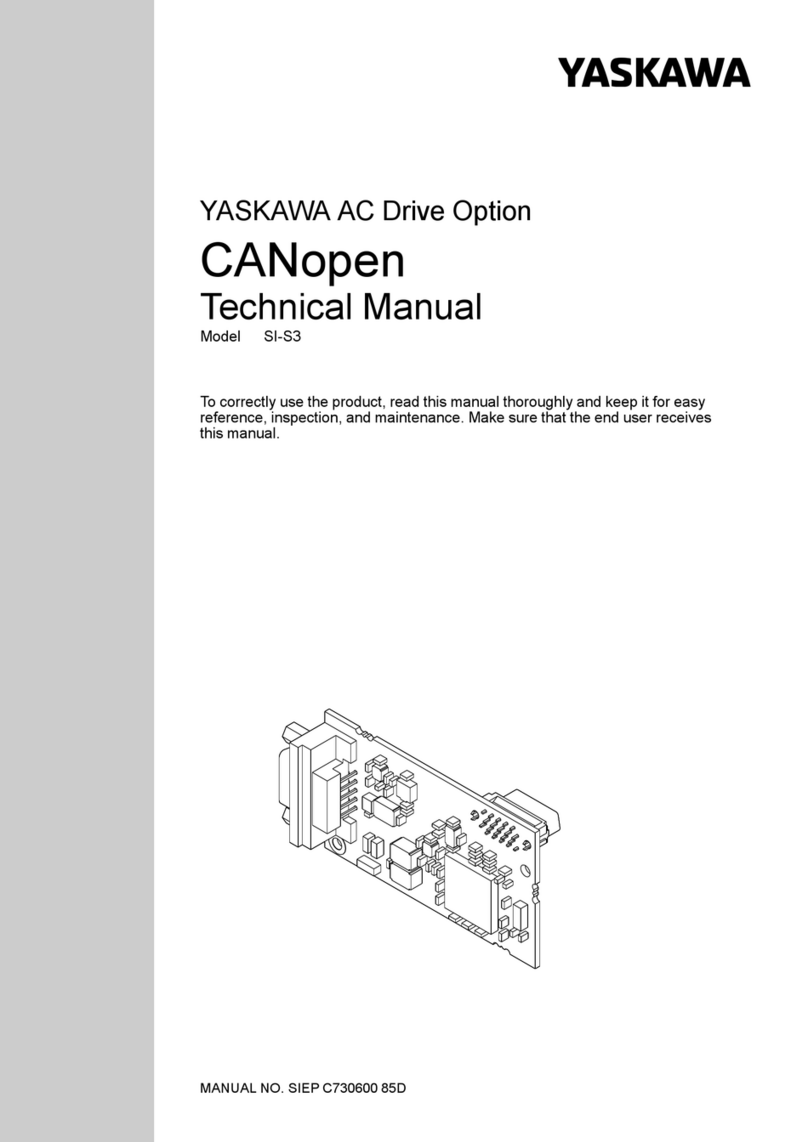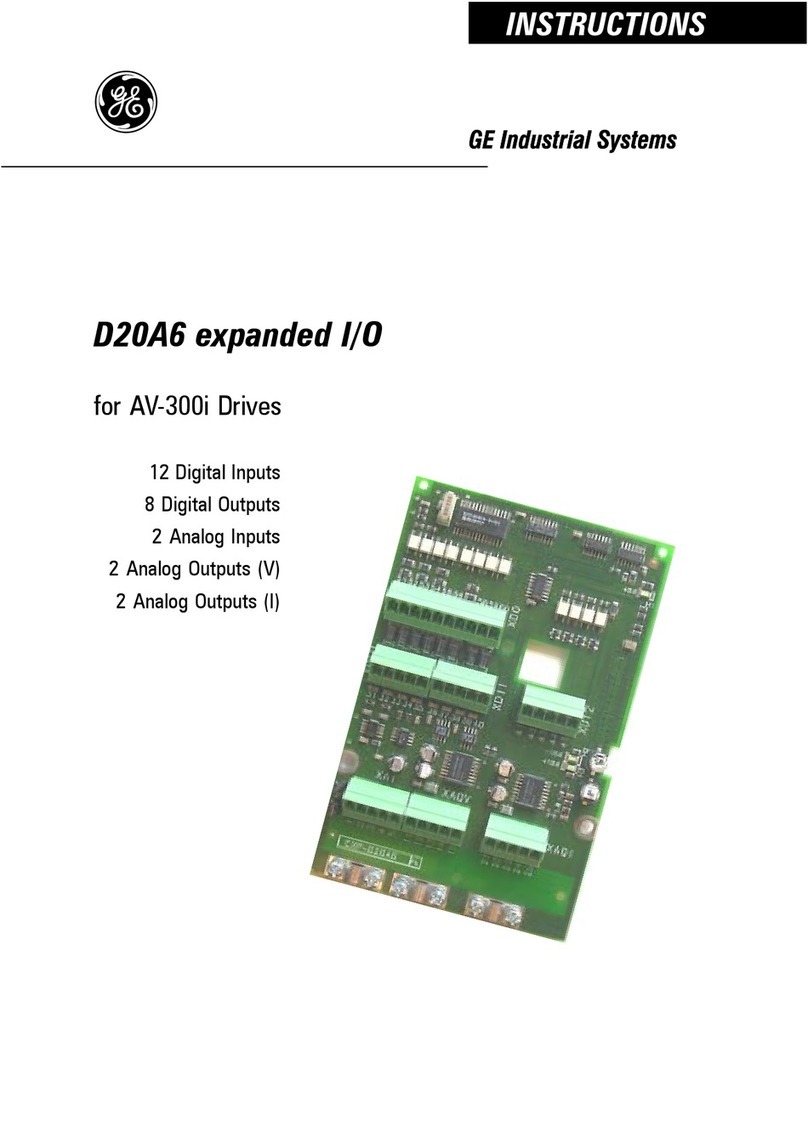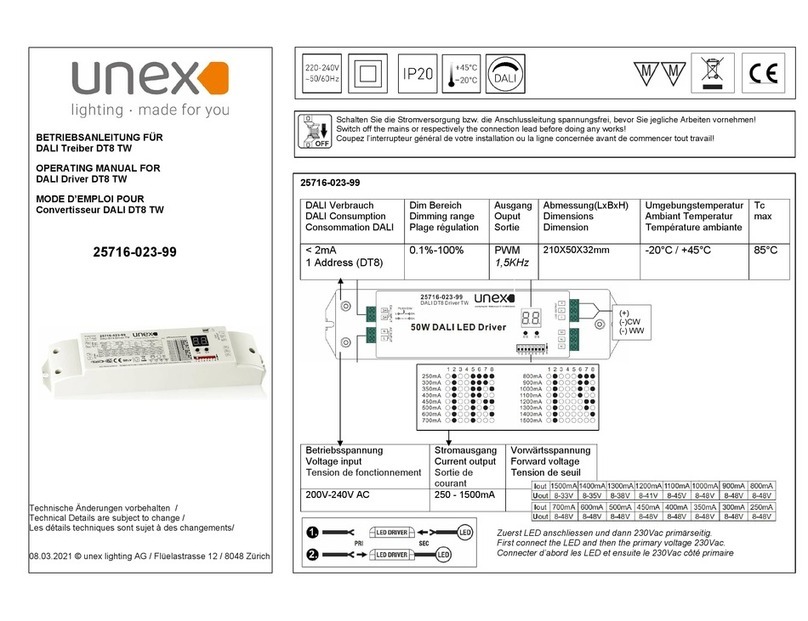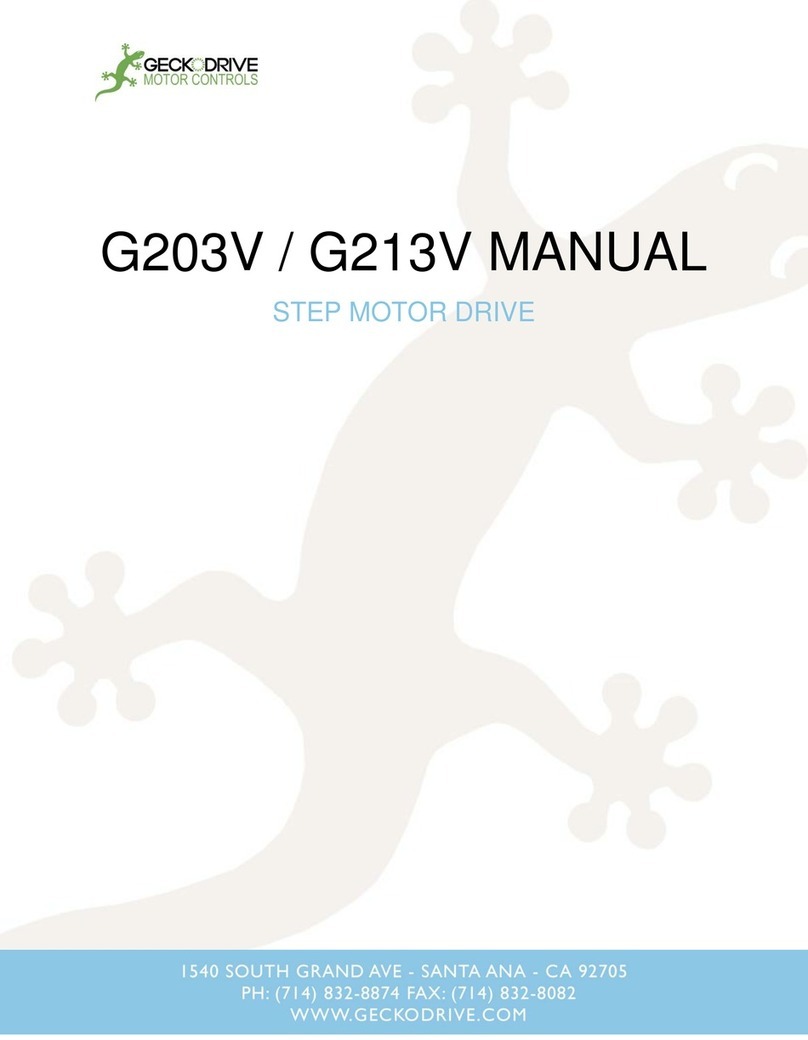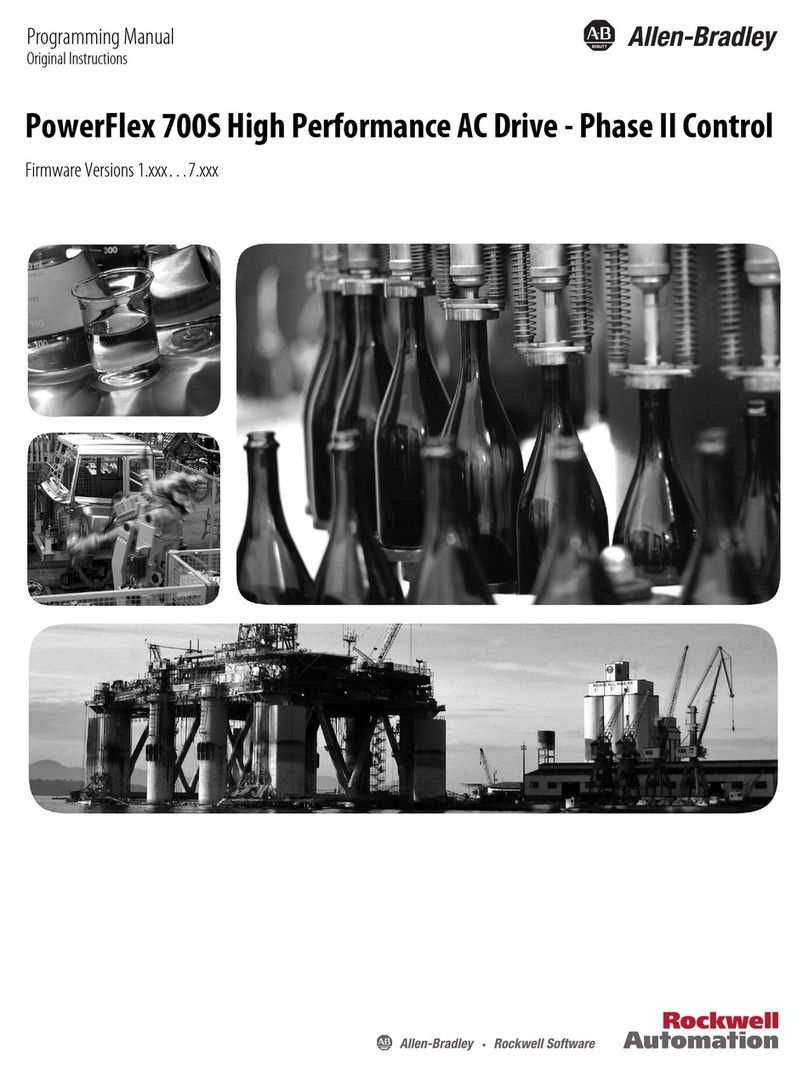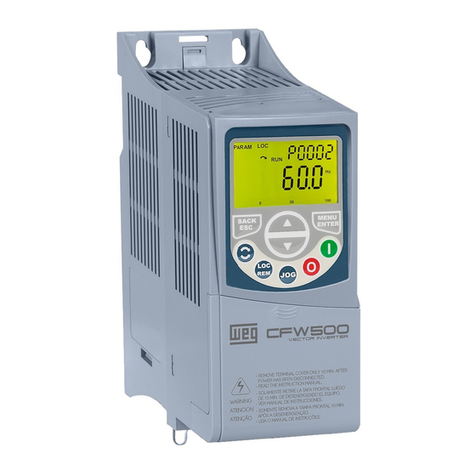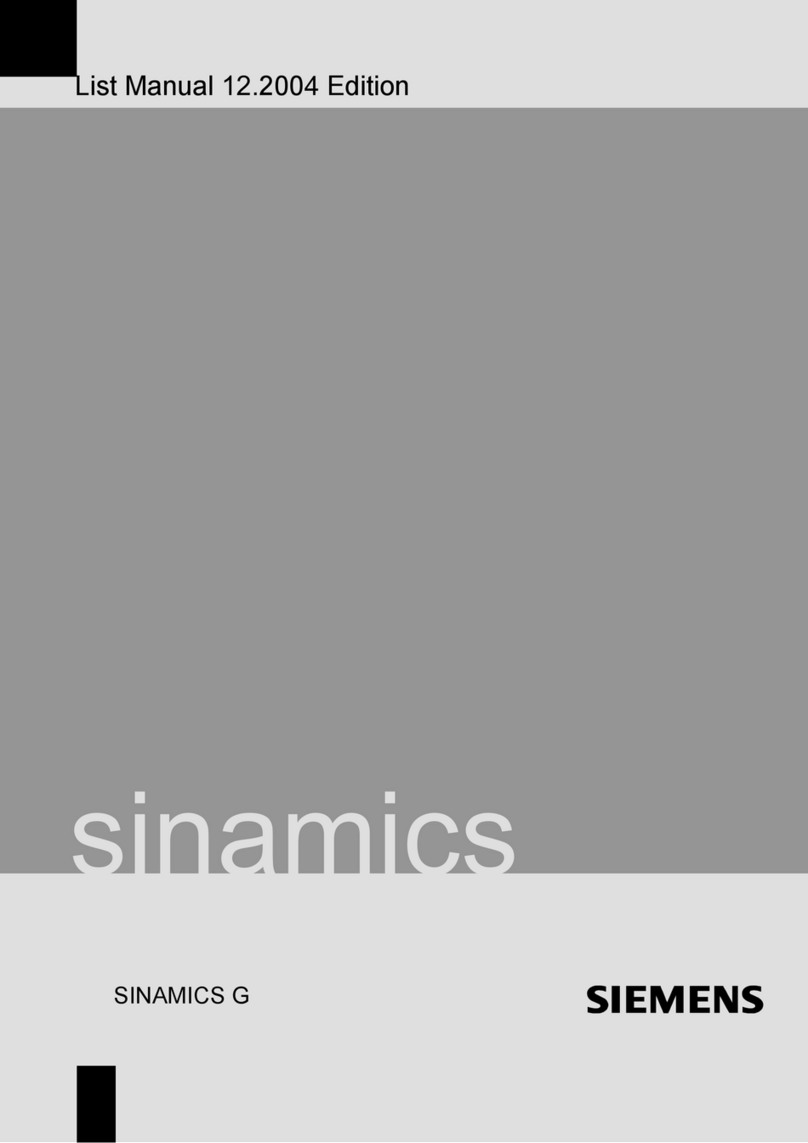
38Resistor braking (options +D150 and +D151) ..............................................
38du/dtfilter (option +E205) .....................................................................
39Cabinet heater with external supply (option +G300) ......................................
39Cabinet lighting (option +G301) ..............................................................
39Terminals for external control voltage (option +G307) ....................................
39Halogen-free wiring and materials (option +G330) ........................................
39Wire markings ...................................................................................
39Standard wiring .............................................................................
40Additional wire markings ...................................................................
41
Thermal protection with PTC relays (options +L505, +2L505, +L513, +2L513, +L536,
+L537) ...........................................................................................
41+L505, +2L505, +L513, +2L513 ..........................................................
41+L536, +L537 ................................................................................
42Thermal protection with Pt100 relays (options +nL506, +nL514) .......................
43Type designation label ............................................................................
43Type designation key ..............................................................................
44Option codes ....................................................................................
4 Mechanical installation
47Contents of this chapter ...........................................................................
47Examining the installation site ...................................................................
47Necessary tools ....................................................................................
48Examining the delivery ............................................................................
49Moving and unpacking the drive .................................................................
49Removing the transport package ............................................................
50Moving the unpacked drive cabinet ..........................................................
50Lifting the cabinet with a crane ...........................................................
51Moving the cabinet on rollers .............................................................
51Moving the cabinet on its back ............................................................
52Final placement of the cabinet ............................................................
53Attaching the cabinet to the floor and wall or roof .............................................
53General rules ....................................................................................
54Attaching the cabinet (non-marine units) ...................................................
54Alternative 1 – Clamping ...................................................................
55Alternative 2 – Using the holes inside the cabinet .....................................
56Attaching the cabinet (marine units) .........................................................
57Joining cabinet sections together ................................................................
61Miscellaneous ......................................................................................
61Cable duct in the floor below the cabinet ...................................................
61Arc welding ......................................................................................
62Lifting lugs and bars ...............................................................................
62Certificate of conformity .......................................................................
62Declaration of Conformity .....................................................................
5 Guidelines for planning the electrical installation
65Contents of this chapter ...........................................................................
65Limitation of liability ................................................................................
65Selecting the supply disconnecting device .....................................................
65Selecting the main contactor or breaker ........................................................
66Examining the compatibility of the motor and drive ...........................................
66Protecting the motor insulation and bearings ..............................................
6 Table of contents

